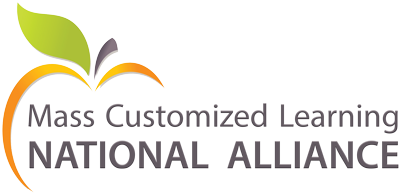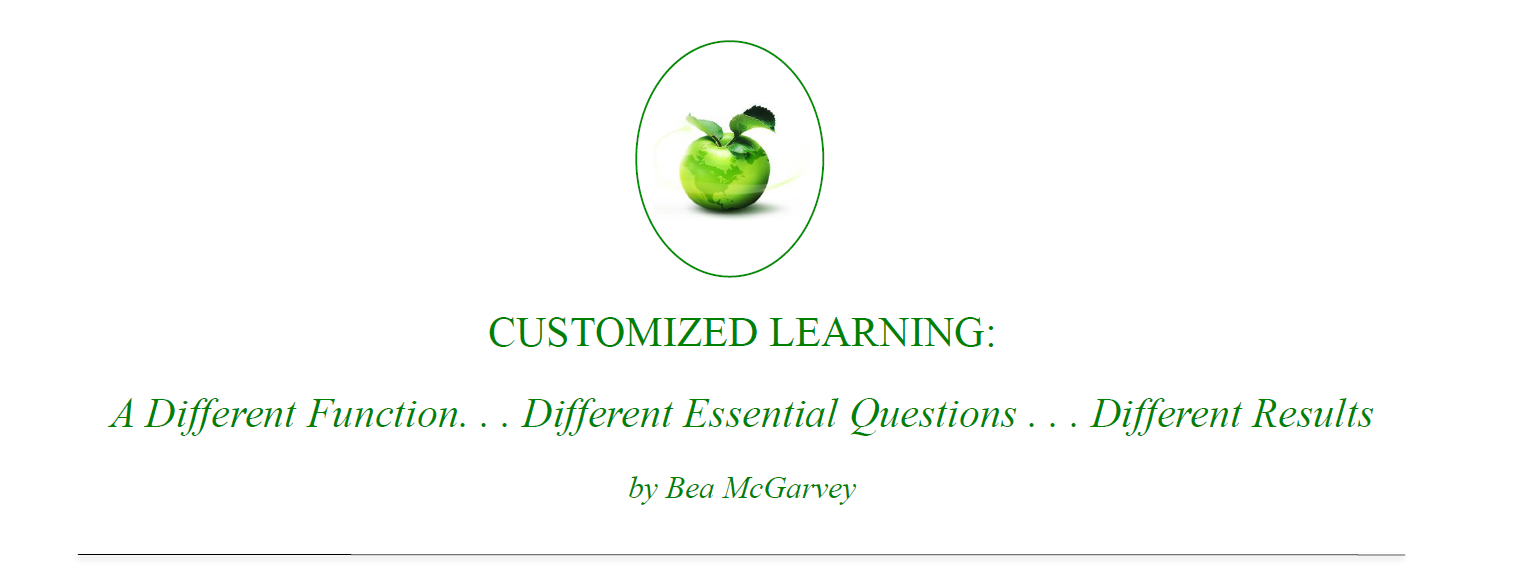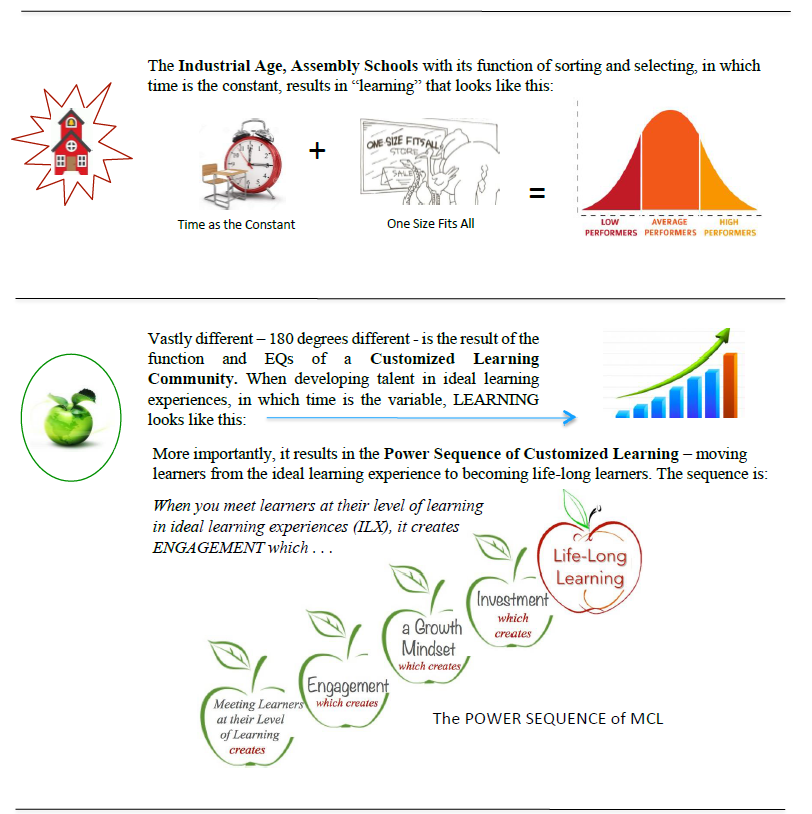Do the math! I have been involved in school improvement . . . educational reform . . . since the late eighties. Three decades – and counting! The educational community continues to be replete with “improvements:” from site-based management in the 80s, to standards-based in the 90s, to proficiency-based in the 00s, to now competency-based with a nod to “personalized learning.” It’s enough to make even the most resilient, forward thinking educator jaded . . . and just . . . tired.
Yet, I am still hopeful that our past tinkering efforts have given way to true transformation. Really. Entrepreneurial leaders of the day (e.g. Bezos at Amazon, Jobs at Apple, Page & Brin at Google) teach us that it’s not about buffing and shining the current, outdated system; it’s about disrupting the current system.
Disruption – leapfrogging over the current – requires different thinking. Bezos et al designed down from the ideal: the ideal reading experience . . . the ideal listening experience . . . the ideal search experience. And so, true transformation of education requires designing down from the ideal learning experience (ILX) which is based on a different function, answers different questions, and realizes different results. My purpose here is to examine this difference between the Industrial Age’s assembly line schools and a customized learning community.
A DIFFERENT FUNCTION


DIFFERENT ESSENTIAL QUESTIONS (EQs)
The difference is significant and quite clear. Industrial Age, assembly line schools operate from . . . design structures, policies, and procedures from . . . very different essential questions. Remember: their EQs are to support their function: to sort out and select talent. The EQs of customized learning communities signal the structures, policies, and procedures needed to support its function: to develop talent in the ideal learning experience. Take a look at the very different EQs . . . with the “answers.” Sobering on one hand to see what has been; yet hopeful on the other to know what can, will, and needs to be.
DIFFERENT RESULTS
When you look at the function and essential questions of the Industrial Age, assembly line educational system, it all makes sense or used to make sense. Or, did it really? No matter, I can see how and why it was designed . . . oh so long ago (1892!). The difference between what was and customized learning is glaringly clear. And the results for each are predictable and, well . . . inevitable.
. . . And so the differences between what has been and what needs to be. If we don’t understand, see, and acknowledge the differences, we will spend another decade blindly buffing and shining the outdated system. Tinkering or transforming? It’s your decision . . .
© 2018 MCL National Alliance




